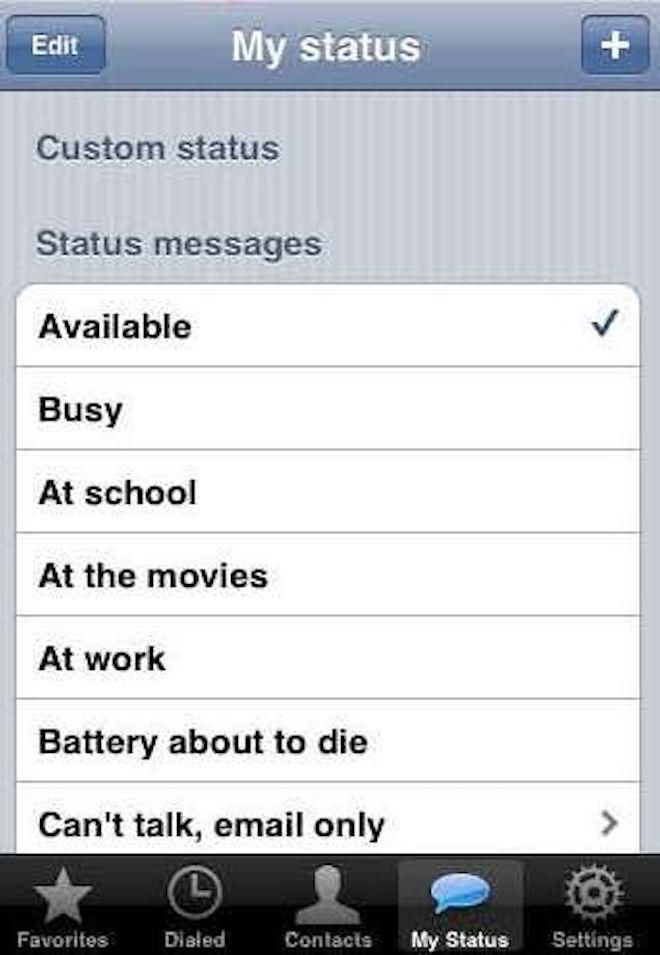A promise is not a random claim or stupid slogan.
It is a benefit for the consumer.
And the product delivers that benefit.
Steve Jobs killed BlackBerry.
— Chris Hladczuk (@chrishlad) December 7, 2021
By creating a cult and inventing new rules
Here's the breakdown and why it matters\U0001f447
David Ogilvy is the King of Copywriting.
— Chris Hladczuk (@chrishlad) January 15, 2022
And in 1982 he writes a 38 lesson manifesto titled
"How to create advertising that sells"
Here are the top 7 tips that you can use today:

\u2014 HYPOCRISY \u2014
— emily (@emnode) January 9, 2021
\U0001f4cdFree market conservatives outraged that a private social media company can decide who has access to its service.
\U0001f4cdSo called liberals overjoyed at the prospect of powerful corporations taking control of the content and information we're allowed to see.